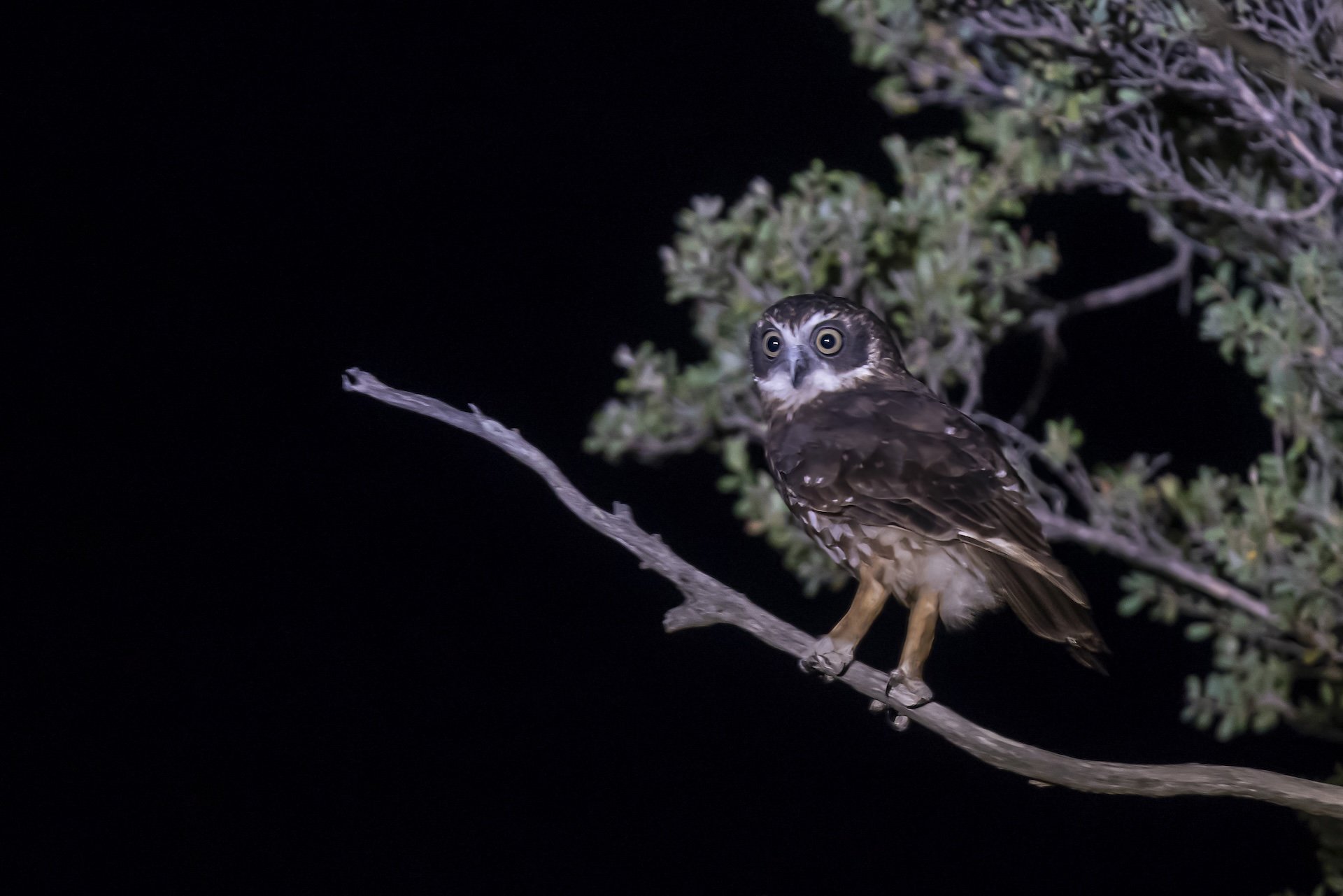
Living with nature
Biodiversity at the urban-nature interface
We share this place with some special but elusive creatures. They have their own trails and flyways, searching for insect, nectar and fungi meals in and under the trees and along hidden gullies.
Diversity at our doorstep
Camera images and trapping have captured ground dwelling, climbing and flying mammals including the long-nosed potoroo, the acrobatic agile antechinus, and microbats.
Our fauna and flora surveys and weed mapping keep an eye on how urban growth, fire, or the lack of fire are changing this bushland for the many living things that call it home.
Here in our backyard over a hundred local plant species mingle in a dense mix of trees, shrubs, vines and tussocks - prime real estate from the foot of the cliff to the treetops
A green cloak of rainforest and coastal woodland clings to cliffs and slopes along the ocean and lake shoreline, protecting against erosion. Storm surges, run-off and clearing can remove this cover and make natural regeneration and growth of plants difficult.
Hardy local plants face wind, salt and even sandblasting-some recover from disturbance quickly but slower growing trees like Banksias rely on shelter from other nearby plants to establish.
You can help these tough but exposed plant communities by keeping to tracks and not forming more – too much competition from weed invasion and disturbance from clearing can tip the balance. Lack of ground cover accelerates erosion.
There are many resources to guide gardeners and nature lovers. What you plant makes a difference - plant thoughtfully with local and non-weedy species to let the plants that have evolved here continue to grow and protect the soil from erosion.
Living lightly
How we garden matters
Keep garden waste out of bushland by using your green bin for scraps. The bush doesn’t need more nutrients, and invasive plants like agapanthus can establish large root masses quickly, out competing local species and offering little in the way of food or shelter for animals and birds.
Firewise gardens
Firewise gardens, also known as fire-resistant landscaping, focus on reducing the risk of home ignition during wildfires by minimizing fuel loads and creating defensible space around homes. This involves choosing fire-resistant plants, thinning trees and brush, and using ignition-resistant building materials.
Pets and wildlife
Pets can be predators - roaming cats and dogs are the greatest threat to native mammals under 500 grams in weight such as Bandicoots and Potoroos, and can prey on birds and reptiles as well. To help them and other fauna thrive keep your pets from wandering, walk your dog on lead, and stay on tracks.
Living with wildlife
Due to urban expansion and human land-use, some wildlife are competing with people for space, shelter, food or water. Although many people enjoy seeing native wildlife, sometimes interactions can cause unwanted impacts. It is important to understand that it should be the impacts that are the concern, not wildlife in general. As native animals are protected, any management must be consistent with relevant laws and sometimes a permit may be required.




